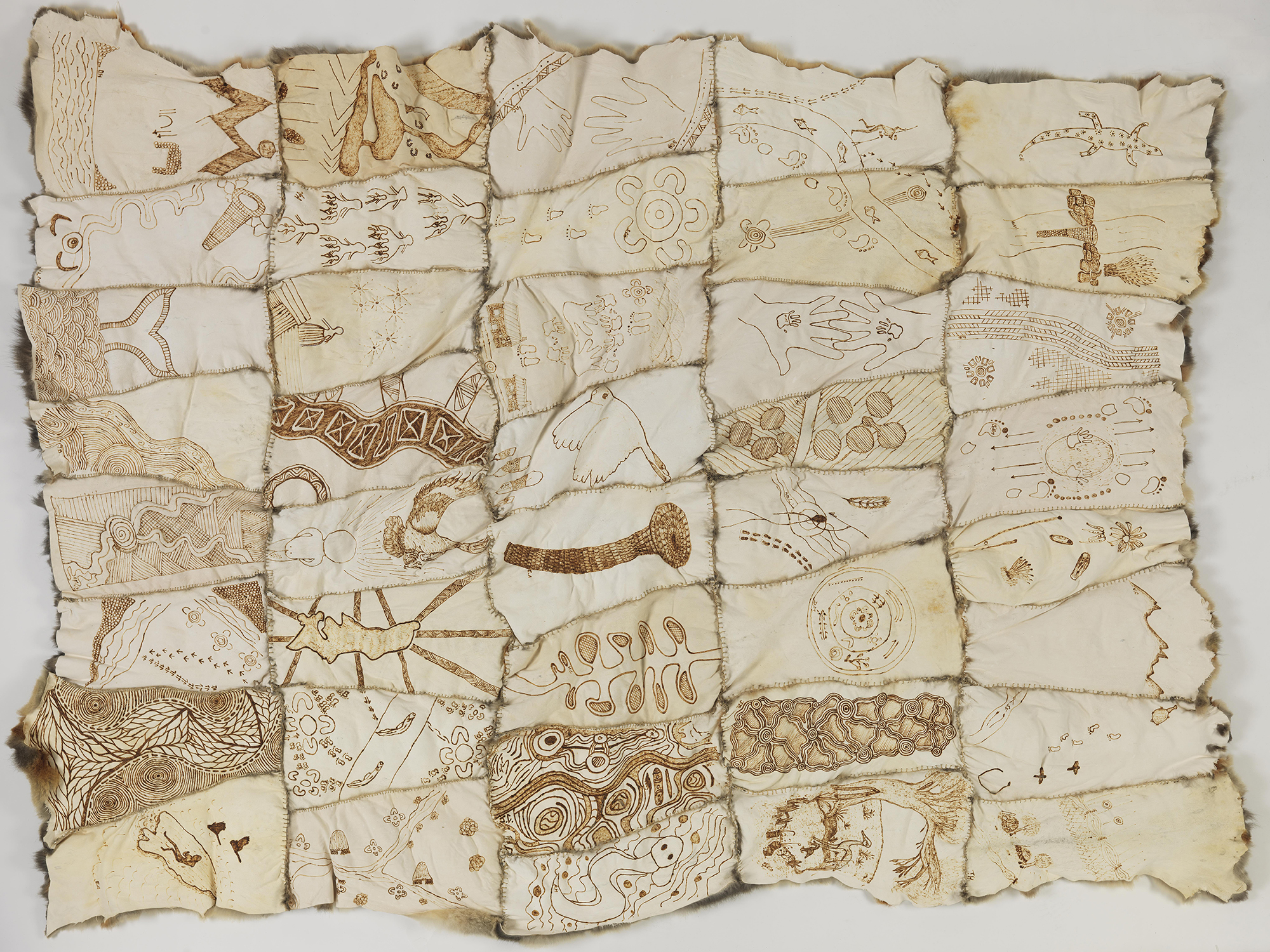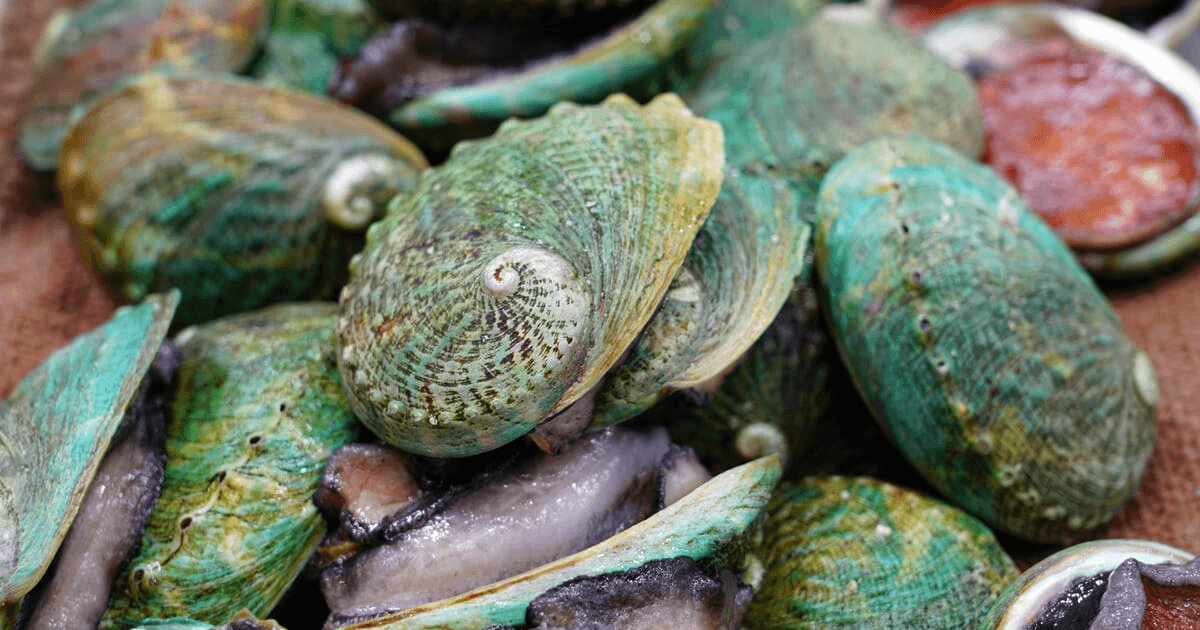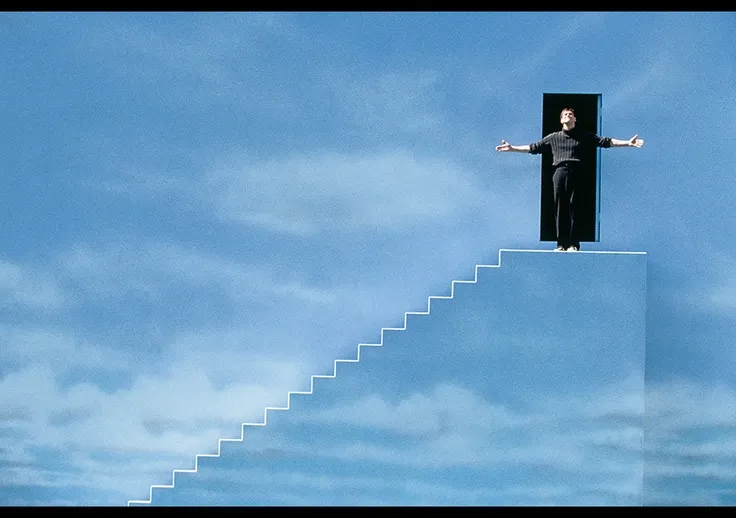Past the Shallows
Inside My Mother
The Truman Show
The Craft of Writing

This is a picture of the real place in which 'Past the Shallows' is set. Where is the novel set?
Southern coast of Tasmania, Bruny Island, Cloudy Bay
Name all the modules you have studied throughout the HSC course.
Common Module: Texts and Human Experiences
Module A: Language, Identity & Culture
Module B: Close study of Literature
Module C: The Craft of Writing
What is George's surname in 'Past the Shallows'?
Fuller
Identify TWO recurring motifs in the novel.
Unpredictable image of the ocean; shark-tooth necklace; Harry's nausea (link between nausea and trauma); repressed emotions; tea and comfort.
What colour is the door in 'Key'?
Painted blue with a speck of gold
Christof's key quote about the film's primary message:
We accept the reality of the world with which we're presented
"Dear Mrs Dunkley. You're long gone, and I'm nearly seventy. But, oh, I wish you weren't dead."
What language technique is made prominent by the use of contractions and the interjection 'oh' in this line from 'Dear Mrs Dunkley'?
Colloquial language

What is this and which Cobby Eckermann poem is this image applicable to?
A possum skin cloak- Trance
Explain TWO purposes of Module C: The Craft of Writing.
Answers from the rubric could include:
- to strengthen and extend their knowledge, skills and confidence as writers
- to learn to write for a range of authentic audiences and purposes to convey ideas with power and increasing precision
- to study prescribed texts to use as models and stimulus for the development of their own ideas and written expression
- to examine how writers of complex texts use language creatively and imaginatively for a range of purposes, to describe the world around them, evoke emotion, shape a perspective or to share a vision
- to learn to appreciate, analyse and assess the importance and power of language
- to reflect on the complex and recursive process of writing to further develop their ability to apply their knowledge of textual forms and features in their own sustained and cohesive compositions
- to generate and explore ideas through discussion and speculations.
- to engage in the stages of drafting and revising
- to experiment with a range of language forms and features (for example imagery, rhetoric, voice, characterisation, point of view, dialogue and tone)
- to develop editing skills, learning to apply the conventions of syntax, spelling, punctuation and grammar appropriately and effectively for publication
- to work independently and collaboratively to reflect, refine and strengthen their own skills in producing crafted, imaginative, discursive, persuasive and informative texts
(a) What is featured in the image below?
(b) Complete the quote-
"wherever reef rises up, there is _________. Black-lipped ______ bodies __________ by _______.
_________."

(a) This is abalone. The men in the Curren family are abalone fisherman, braving the frigid ocean to dive for this rare commodity.
(b)
"wherever reef rises up, there is abalone. Black-lipped soft bodies protected by shell.
Treasure."
Identify the MOST obvious technique in the following quote and explain its effect on meaning:
"[Miles] climbed onto the rails, was ready to jump, but Dad grabbed him up—held him like stone."
SIMILE
Parrett underscores the crushing strength with which Dad holds Miles down by comparing Dad's grip to stone. Conveys the power imbalance between the two and metaphorically emphasises the emotional disconnect between father and son.
What are all the eyes the persona has or could adopt in 'Eyes'?
rage, shame, terror, submission, wonder, contempt, compassion
This question has TWO parts.
(a) In which town is The Truman Show set?
(b) What time period does The Truman Show most resemble and why?
(a) Seahaven
(b) The 1950's with its seemingly wholesome, simplistic and idealistic lifestyle. The American Dream.
What fictional genre does Ray Bradbury's short story 'The Pedestrian', fall under?
Science Fiction
What shot type and lighting technique is used in this scene from 'The Truman Show'?
Mid-shot and low-key lighting
Complete the cloze passage below from the Common Module rubric:
Students explore how texts may give insight into the a_______s, pa_______ and in_____________ in human behaviour and motivations.
Students explore how texts may give insight into the ANOMALIES, PARADOXES and INCONSISTENCIES in human behaviour and motivations.
Complete the opening and ending lines to 'Unearth' from 'Inside my mother'.
”let’s ______ ____ the
soil and _______________ the _________"
&
"there is __________ on the ____________"
let's dig up the soil and excavate the past"
&
"there is blood on the truth"
Identify TWO key structural features of the novel.
Cyclical/circular narrative structure; non-linear structure; flashbacks; multiple character perspectives; use of language changes to reflect childishness/maturity.
What are TWO points of historical context that are relevant to Cobby Eckermann's anthology of poems?
Historical- colonialism; assimilation policy; Stolen Generation;
Meryl's Breakdown Scene provides a significant catalyst for the breaking down of Truman's World.
What are TWO of the key themes addressed in this breakdown?
1. Breaks the divide between the constructed reality of the show and reality as Meryl breaks character.
2. Relationships are questioned
3. Highlights the media manipulation and the importance of this above Truman's feelings
4. The shifting balance of power
After writing a creative piece, there are many questions you might ask yourself during the editing process to check the quality of your work. What are THREE of these questions?
Answers may include:
- Have you successfully achieved your artistic purpose?
- Have you used language forms and features to create meaning?
- Have you used symbolism, imagery, rhetoric, voice, characterisation, point of view, dialogue and tone to establish your purpose?
- Have you used simple and complex sentences to create meaning throughout your response?
- Is the meaning within your sentences clear?
- Have you proofed your spelling, punctuation and grammar?
- Have you received feedback from your peers and your teacher?
In Module C: The Craft of Writing, you have studied THREE prescribed texts.
Name all three of them as well as the author and form of their respective text.
1: Helen Garner ('Dear Mrs Dunkley') Discursive
2: Ray Bradbury ('The Pedestrian') Imaginative
3: Steve Jobs ('How to live before you die') Persuasive
Complete the cloze passage below from the Module B rubric:
Students explore and analyse the particular id___ and cha____________s of the text and understand the ways in which these ch_____________s establish its di_________ qualities.
Students study one text chosen from the list of prescribed texts. They engage in the extensive exploration and interpretation of the text and the ways composers (authors, poets, playwrights, directors, designers and so on) portray pe____e, ideas, set_____ and sit_______ in texts.
Students explore and analyse the particular IDEAS and CHARACTERISTICS of the text and understand the ways in which these CHARACTERISTICS establish its DISTINCTIVE qualities.
Students study one text chosen from the list of prescribed texts. They engage in the extensive exploration and interpretation of the text and the ways composers (authors, poets, playwrights, directors, designers and so on) portray PEOPLE, ideas, SETTINGS and SITUATIONS in texts.
This question has THREE parts. Identify the correct name of the poem from which each quote has been drawn:
(a) "the town is empty now/ as empty as the promises"
(b) "her eyes stare to challenge her/ from a plate on the kitchen table"
(c) "I crawled there once and sat/ in his shade he did not know me/ yet he gave me leaves"
(a) Oombulgarri
(b) Eyes
(c) Leaves
Identify and describe the effect of the TWO figurative devices used in this interaction between Miles and Joe, after the death of Harry on the fishing vessel:
'You came back,' he said.
Joe nodded. He looked down at his hands and let go of the bed. Miles knew they were shaking.
'The wind was too strong,' he said. 'I couldn't get through the strait. I couldn't leave.'
And Miles knew it was lucky Joe hadn't been lost out there, too. He was lucky.
PATHETIC FALLACY/SYMBOLISM: The wind being 'too strong' to allow Joe's boat to pass through the strait and leave Bruny Island is symbolic of nature (i.e. a 'higher power' like fate) interfering in Joe's journey in order to bring him back to where he was needed most. The aggression and resisting force of the wind functions as pathetic fallacy echoes the brutality of his father's dominance and aggression during the incident on the fishing boat, which was happening at the same time Joe was attempting to leave (plot line unity). In the same way, the wind could also represent the strength of Joe's conviction to stay and support his brothers.
METAPHOR: The reference to Joe being lucky to have not been "lost out there" too, goes beyond the literal interpretation of his possible death, and signifies the potential loss of his identity/purpose and connection to his brothers if he left.
Identify TWO key ideas explored in the text related to assumptions or beliefs.
- connection to nature is central to Aboriginal culture
-trauma has a dramatic and long reaching impact on relationships
-the poetic voice challenges prevailing attitudes to Reconciliation
In the final escape scene there are a number of techniques used to convey the significance of the moment as the culmination of Truman's journey and Christof's social experiment.
Identify and explain 3 techniques.
- Macro: Symbolism (Truman as Christ, sacrificial son – after Christof attempts to drown him), the Santa Maria (Columbus ship – journey to the new world to symbolise Truman’s journey to the new world)
- Micro: Clothing – Macro: Symbolism of the taking back of power with the shift in costuming to a more serious attire (black).
- Micro: Lighting – before the storm unnatural ‘natural’ light to emphasise the constructed world, after the storm we have the natural light, bright light shining on him to represent his new found freedom.
- Macro: The use of water motif to represent the continuity of fear and the repression of Truman to maintain the constructed reality. Micro: Surging water = turmoil, destruction, chaos – juxtaposing with the tranquility of the calm waters after the storm to again represent his overcoming the obstacles of his constructed reality as he journeys towards his freedom.
This question has THREE parts.
(a) What was one of the purposes of Steve Jobs' 'How to live before you die'?
(b) How is the speech structured and what does it rely heavily on?
(c) What four words end the speech
(a) to affirm the importance of taking risks in life, and finding the courage within yourself to pursue what you are truly passionate about; counsels his audience to recognise that there is a lesson to be learned in every experience; to make the most of the opportunities they will encounter in their lives, but also to seek opportunities where at first it seems as though there might not be any.
(b) Into three stories- anecdotes from his own life experiences.
(c) "Stay hungry. Stay foolish."

This question has TWO parts.
(a) Identify TWO film techniques used in this shot.
(b) Explain the meaning behind this moment shown at the end of the film.
(a) long shot; low-angle; symbolism of bright blue background of the sky/clouds; negative space; body language
(b) This moment occurs at the end of the film as Truman takes his leave of Seahaven and of Christof. Truman is elevated and in a position of power as he finally takes possession of his own life and takes back the power over his own life that has been denied to him. The religious symbology in this moment is not lost, with the final christ reference, Truman the podigal son. He leaves through the clouds into the negative space in the wall, the great unknown.
Complete the cloze passage below from the Module A rubric:
Through their responding and composing students deepen their understanding of how language can be used to af____, ig____, re____, ch_______ or dis____ prevailing assumptions and beliefs about themselves, individuals and cultural groups.
Through their responding and composing students deepen their understanding of how language can be used to AFFIRM, IGNORE, REVEAL, CHALLENGE or DISRUPT prevailing assumptions and beliefs about themselves, individuals and cultural groups.
Identify these TWO allusions referenced in The Truman Show
1. One based on Truman's costume
2. One based on Truman's boat
- The everyman archetype- cultural allusion to popular 1950s Hollywood actor James 'Jimmy' Stewart
- The boats name Santa Maria- historical allusion to a boat used by Christopher Columbus on his first voyage to America
OR
-The number on the sail- biblical allusion to Psalm 139, which contains numerous lines speaking of an omnipotent figure and a regular human's inability to attain incredible knowledge held out of reach.
Describe THREE examples of either anomalies, paradoxes or inconsistencies evident throughout the novel.
- Dad’s constant anger and abuse, despite the warmth and comfort we often associate with familial relationships
- Miles being torn between the childhood innocence he misses and the adult reality he is forced into
- Aunty Jean’s desire to help the boys while simultaneously being harsh and somewhat irritating
- The ocean—a metaphor for the human experience in general—being both beautiful, calm and healing and extremely violent, unpredictable and volatile
- The other members of the town being able to recognise the family’s toxicity yet being unable or unwilling to help in any major capacity
- The past and the present constantly melding and intruding on each other
The anthology examines relationships between language, culture and identity. Give ONE example of a relationship between language and individual/ collective identity and TWO poems that portray that relationship.
Love and loss shape individual and collective identity- Key, Leaves, Eyes, Oombulgarri
The interconnectedness between history, memory and identity- Key & Unearth & Leaves
The ongoing impact of colonisation on Aboriginal identity and community- Unearth & Oombulgarri
Identify THREE themes of The Truman Show.
*Must be phrased as statements, not single words*
Answers may include:
- Manipulation of the media or the influence of media on society
- The notion of reality
- Fear as a means of manipulation and control
- The abuse of power (a question of morals, ethics and values)
- Representations of institutionalised control via religious symbolism
- The 'utopian society' - too good to be true.
Ray Bradbury's 'The Pedestrian' is a sophisticated text that showcases his skill as a writer - identify three quotes with references to animals that he uses as part of a simile or metaphor
1. "only his shadow moving like the shadow of a hawk in mid-country"
2. "He stood entranced, not unlike a night moth, stunned by the illumination, and then drawn toward it.”
3. “The light held him fixed, like a museum specimen, needle thrust through chest.”
4. "During the day it was a thunderous surge of cars, the gas stations open, a great insect rustling and a ceaseless jockeying for position as the scarab beetles, a faint incense puttering from their exhausts, skimmed homeward to the far directions"